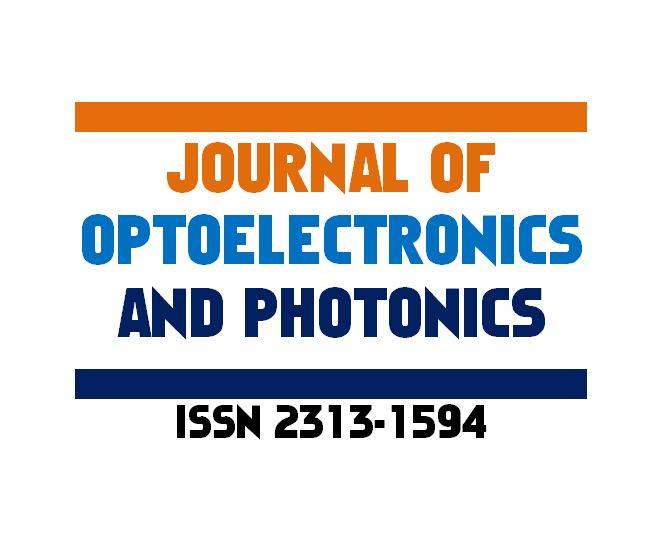As researchers or R&D engineers, photonics research journals are an important resource for our daily jobs.
As is often the case in science and engineering, we are only able to see further by standing on the shoulders of the proverbial giants who came before us.
Information about previous work in photonics can be grouped into two broad categories; journal papers/articles and patents.
I don’t include books as a category here since they are typically too broad. In contrast, journal articles and patents are usually more focused on a narrow topic.
They provide practical information which can be used to replicate the results reported in them. It is customary to publish new research results in a photonics research journal.
You can read about how to use patents in photonics by checking the appropriate article here.
You typically turn to photonics research journals if you wish to learn about the most recent updates or contribute your own findings really fast. However, how do you decide which journal to check out first?
It goes without saying that some journals are more prestigious than others. In this article, we will focus on ranking the top 5 photonics research journals by importance.
There are several journals covering optics, photonics, and related fields. A proper ranking of the best journals in photonics is important because it can dictate where you go to get new findings or even influence your own publishing behavior.
This last bit is very important. Publishing articles in the best photonics research journals on a consistent basis can be a boost to a photonics engineer’s career.
Journal selection criteria
In order to rank the best optics and photonics journals, we need to use a consistent indicator for journal quality. Scientific journals are ranked in a variety of ways. One of the most popular metrics for journal quality is the impact factor (IF).
The IF is calculated as the average number of citations per paper, for papers published over a two-year period. The IF is simple and thus used quite often.
However, it has many shortcomings. Most prominent among these is its tendency to overestimate the quality of journals with a high number of citations.
Consequently, journals specialized in a specific niche with a limited audience would consistently rank lower than those with a larger audience. You can find more information about the IF’s shortcomings in this excellent Nature Editorial.
Another metric used to rank scientific journals is the Hirsch index (h-index). The h-index was developed to overcome the shortcomings of the IF and related methods.
The h-index of a journal is the largest number h such that h papers published by the journal have at least h citations.
Although the h-index is used to measure the scientific output of individual scientists, it can also be used to measure the scientific output of a journal.
The h-index overcomes some of the issues of the IF. However, it has some issues of its own.
For example, it is strongly dependent on the number of papers published by a given journal. Despite these shortcomings, the h-index is used by Google Scholar to rank scientific journals.
Finally, in my opinion, the most trustworthy metric for comparing scientific articles is the SCImago Journal Rank (SJR).
The SJR accounts for the scientific quality of a journal by not only taking into account its number of citations but also considering the importance of the journals from which the citations come.
You can find detailed explanations about how the SJR is calculated by reading this publication.
In what follows, our ranking of best photonics journals is based on the SJR methodology.
1. Nature Nanotechnology (SJR: 14.308, h-index: 353)
Nature Nanotechnology is a multidisciplinary journal focused on promoting recent advances in nanoscience and nanotechnology.
The scope of the journal is extensive. Issues covered include basic research in physics, biology and chemistry, as well as industrial applications in medicine, manufacturing, energy and environmental sciences.
As an enabling technology, photonics finds applications in each of these fields.
2. Nature Photonics (SJR: 13.674, h-index: 331)
Nature Photonics is a journal with a unique focus on photonics.
The journal treats all the hot topics in photonics – fiber optic communications, integrated photonics, light sources, optoelectronic devices, flat-panel/display technologies etc.
3. Advances in Optics and Photonics (SJR: 6.638, h-index: 68)
This is another top level multidisciplinary journal with a broad focus on nanoscience and nanotechnology.
The journal does have a special requirement whereby potential authors are required to disclose any conflicts of interest at the time of submission.
4. Light: science and applications (SJR: 6.104, h-index: 96, open-access)
Light: Science & Applications promotes research in all aspects of optics and photonics. It covers basic and applied research.
As such it primarily publishes new research results in cutting-edge topics in optics and photonics. It also covers traditional topics in optical engineering.
The journal’s publications are typically formatted as high-quality original articles or reviews. It is an open-access, online-only journal.
5. Optica (SJR: 5.074, h-index: 107, open-access)
Optica is another open-access journal that focuses on the rapid dissemination of high-impact results in all areas of optics and photonics.
It is the journal of choice for authors who publish high-profile research in fundamental as well as applied optics and photonics.
Honorable Mentions: open access photonics research journals
This overview of photonics research journals would be incomplete without mentioning open access and online-only journals. Personally, I find these to be great for when you don’t have a subscription to access expensive journals.
The solo engineer working on a side project or a small company comes to mind here. In this respect, a favourite of mine for many years has been Optics Express.
* The ranking mentioned in this report is correct as of July 27th, 2021. This ranking may change in the future depending on many factors like the number of published articles, citations, etc.
